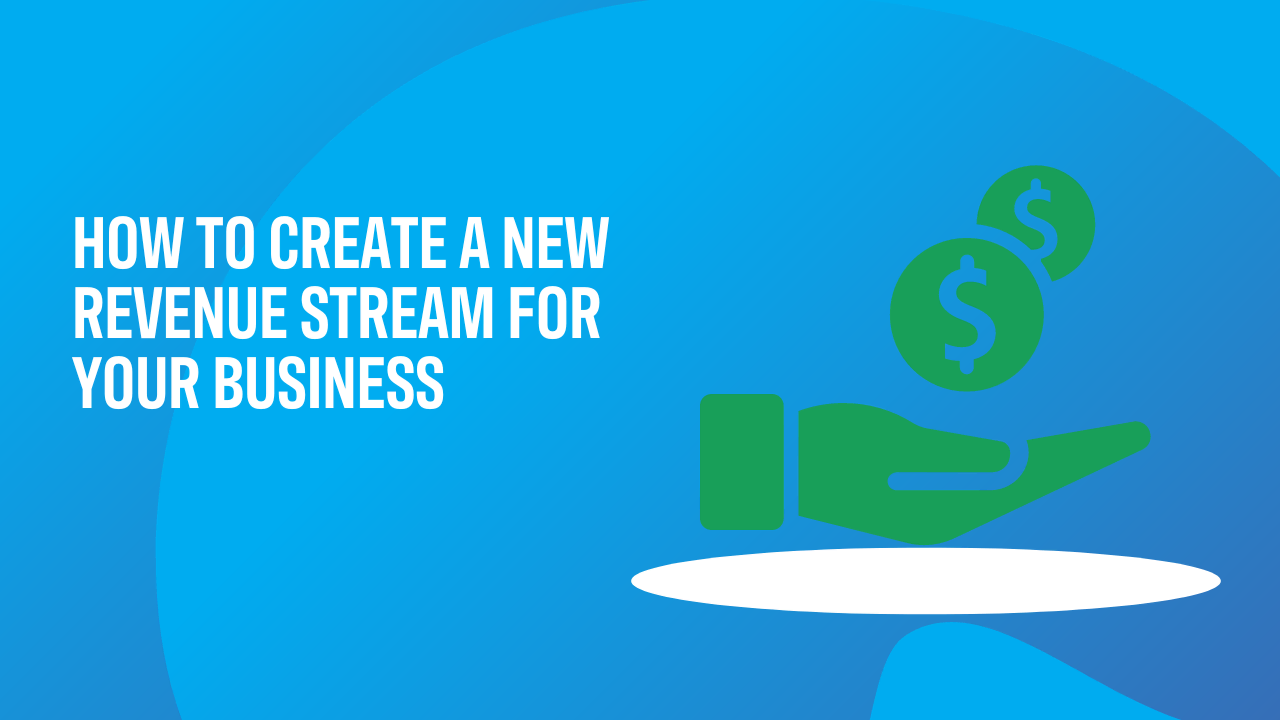Introduction

The Canadian e-commerce landscape continues to flourish, with online sales growth outpacing traditional retail sales year after year. As a Canadian e-commerce business owner, you’ve likely focused much of your marketing efforts on attracting traffic to your website. However, it’s essential to remember that higher traffic alone doesn’t guarantee increased sales and revenue. To ensure your online store thrives, it’s crucial to focus on Conversion Rate Optimization (CRO) – the art and science of turning website visitors into paying customers.
CRO is the systematic process of analyzing your e-commerce website and implementing data-driven modifications to improve the user experience, ultimately driving sales and maximizing revenue. As competition in the e-commerce space continues to intensify, businesses that excel at CRO are poised to rise above the competition and enjoy long-term success.
In this in-depth blog post, we’ll explore the world of CRO, delving into its significance for Canadian e-commerce businesses and offering practical, results-driven strategies to optimize your online store’s conversion rate. Stay with us as we unravel the potential of CRO and provide guidance on boosting your e-commerce sales and revenue.
By mastering these CRO principles, you’ll be well-equipped to transform website visitors into loyal customers, amplifying your sales, revenue, and overall business success. Join us as we dissect the intricacies of e-commerce conversion rate optimization and embark on the journey toward a highly optimized online shopping experience for your Canadian e-commerce venture.
Understanding the Importance of Conversion Rate Optimization for Your E-commerce Business

Conversion rate optimization (CRO) is essential for Canadian e-commerce businesses seeking to maximize their online sales and revenue. By improving your website’s conversion rate, you can:
1. Increase Sales and Revenue: A higher conversion rate means more visitors are purchasing your products, directly boosting your sales and overall revenue.
2. Improve Customer Acquisition: An optimized website offers a seamless user experience, increasing the likelihood of visitors becoming repeat customers.
3. Lower Acquisition Costs: When you efficiently convert website visitors into customers, you can reduce marketing spend on attracting additional traffic.
4. Gain a Competitive Advantage: A well-implemented CRO strategy sets your e-commerce business apart from competitors with suboptimal website experiences.
Analyzing Your E-commerce Website’s Performance Metrics

Before optimizing your site, it’s crucial to analyze your website’s performance metrics, including:
1. Conversion Rate: The percentage of website visitors who complete a desired action (e.g., purchasing a product) during a single visit.
2. Bounce Rate: The percentage of visitors who leave your site after viewing only one page.
3. Average Order Value (AOV): The average amount spent per transaction on your e-commerce store.
4. Cart Abandonment Rate: The percentage of users who add items to their shopping cart but leave your site without completing the purchase.
These metrics can help you identify areas of improvement and inform your CRO strategy.
Setting CRO Goals and Identifying Key Performance Indicators (KPIs)

Setting CRO goals and identifying relevant KPIs can help you measure progress and refine your optimization strategy. Consider the following steps:
1. Set Clear, Measurable CRO Goals: Establish goals to improve specific metrics, such as increasing your conversion rate by a certain percentage or reducing cart abandonment rate.
2. Identify Relevant KPIs: Choose KPIs that directly relate to your CRO goals, enabling you to track progress accurately. Examples include conversion rate, bounce rate, AOV, and cart abandonment rate.
3. Monitor and Analyze KPIs Continuously: Regularly monitoring your KPIs ensures you can make data-driven decisions and adjustments to your CRO strategy.
Conducting A/B Testing for Data-Driven Site Improvements

A/B testing, or split testing, is a CRO technique that involves comparing two versions of a web page to determine which performs better. By running A/B tests, you can identify winning variations and implement site improvements with confidence. Follow these steps for successful A/B testing:
1. Select a Test Element: Choose an element on your website to test, such as headlines, product descriptions, call-to-action buttons, or images.
2. Create a Variation: Develop an alternate version of the selected element, ensuring only one feature is changed to isolate its impact.
3. Randomly Split Traffic: Divide website visitors between the original and variation, allocating traffic equally to ensure accurate results.
4. Analyze the Results: Compare the performance of both versions based on your chosen KPIs, and then implement the winning variation.
Utilizing Website Design Elements to Enhance User Experience

An optimized e-commerce website provides a seamless user experience, encouraging visitors to complete purchases. To improve your website’s design:
1. Simplify Navigation: Create a clear, logical site structure, use responsive design elements, and ensure easy access to essential pages like product categories and the shopping cart.
2. Implement High-Quality Visuals: Use professional, high-quality images and videos to showcase your products and create an engaging shopping experience.
3. Optimize Page Load Speed: Optimize images, limit the use of plugins, and compress files to decrease page load times, preventing visitors from abandoning your site due to frustration.
Optimizing Product Pages and Checkout Process

A well-optimized product page and checkout process can significantly impact your conversion rate. Here are some best practices:
1. Craft Compelling Product Descriptions: Write detailed, benefits-driven product descriptions that cater to your target audience and highlight your products’ unique selling points.
2. Offer Transparent Pricing: Clearly display product prices, shipping costs, and taxes to avoid surprising customers during checkout.
3. Simplify the Checkout Process: Streamline the checkout process by reducing the number of steps, offering guest checkout options, and providing multiple payment methods.
4. Reassure Customers with Trust Signals: Display security badges, customer reviews, and return policies to establish trust and encourage conversions.
Conclusion
By embracing conversion rate optimization and implementing best practices, Canadian e-commerce businesses can significantly improve their sales, revenue, and customer experience. With a data-driven approach to optimizing your website, you’ll be poised for success in the competitive e-commerce landscape.

JAVALOGIX is dedicated to helping Canadian e-commerce businesses thrive through a comprehensive suite of digital and content marketing services, including CRO expertise. Contact us today to learn how our team can support your business’s growth and help you achieve your goals with our results-driven e-commerce strategies.





